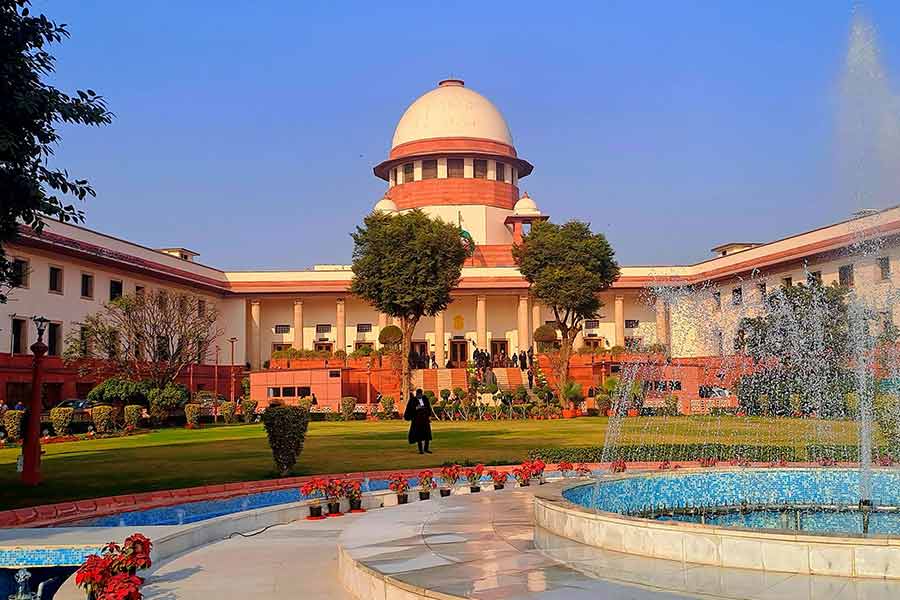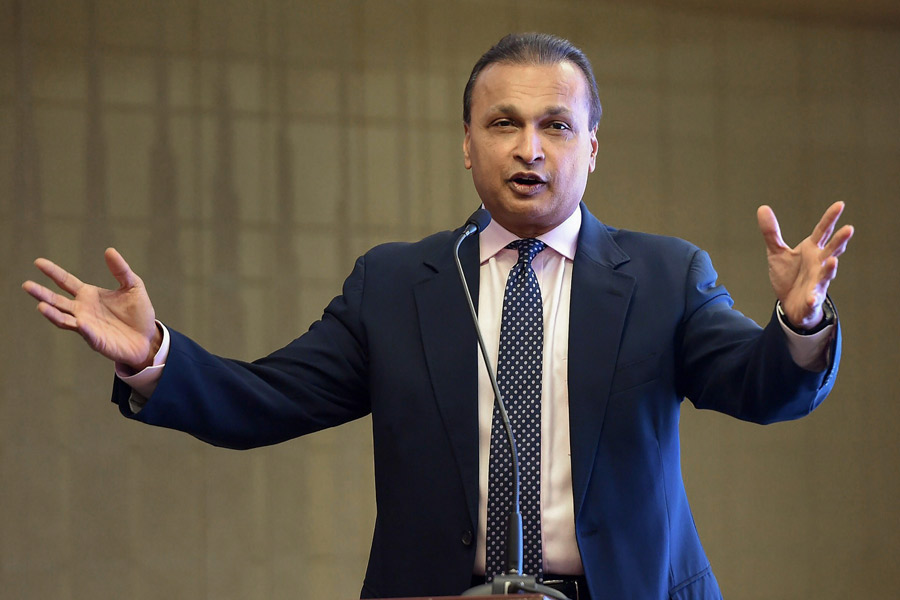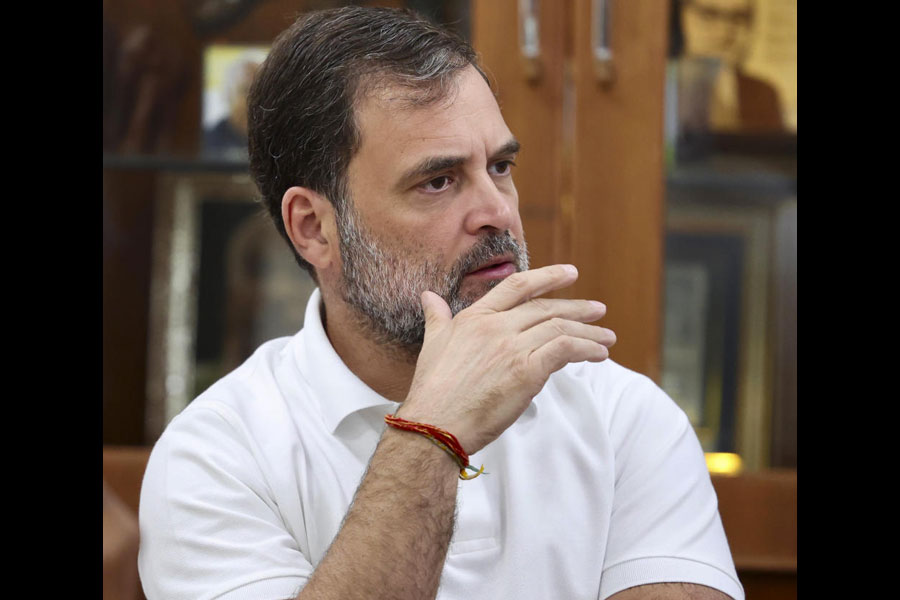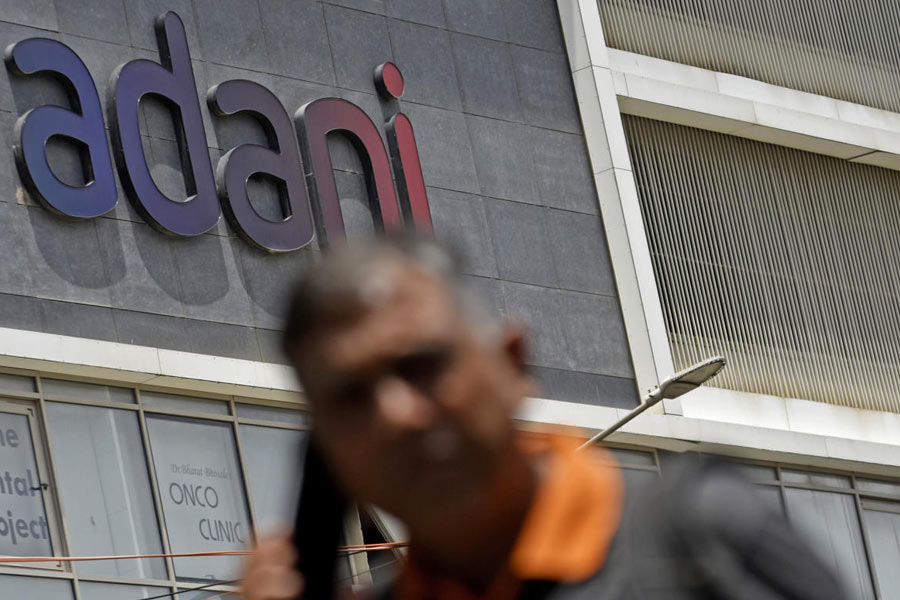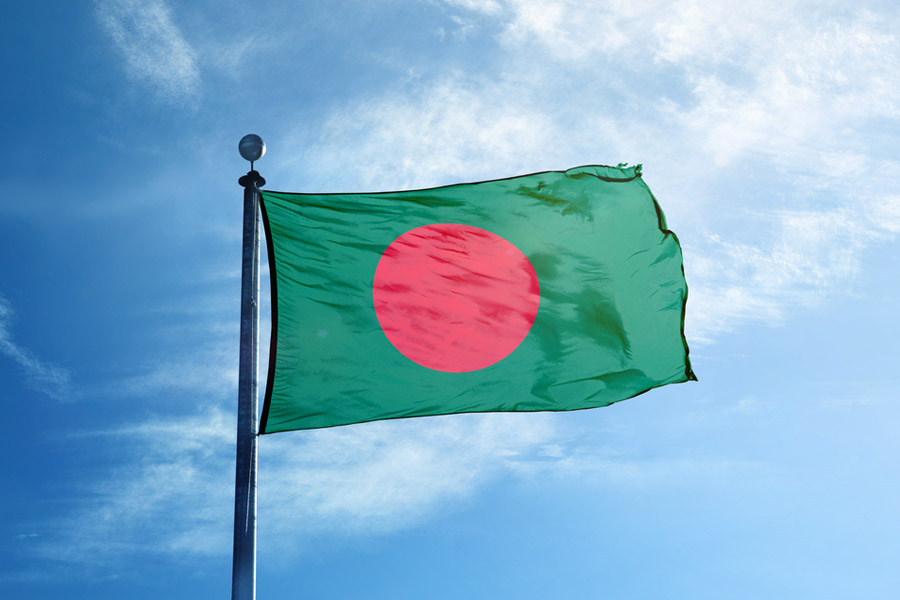Around 250 residents of a slum-dominated area in Mumbai's Kurla were evacuated on Friday morning as the Mithi river swelled up following heavy rains in the city and its suburbs, which also affected the local train services, officials said.
However, as the water level of the river later subsided, these people returned to their places, they said.
People residing in Kranti Nagar, a slum-dominated area in Kurla West, located along the bank of Mithi river, were shifted to nearby municipal schools after its water level touched 3.7 metres in the morning with its danger mark being 4 metres, an official of the Brihanmumbai Municipal Corporation (BMC) said.
Mithi river originates from Sanjay Gandhi National Park (SGNP) in Borivali and meets the Arabian sea at Mahim creek. During the 2005 Mumbai flooding, areas around the Mithi river were the most affected and Army had to be called in to rescue and shift locals. Hundreds of people had died in the floods that year.
The official said that after the rains took a break following the evacuation of people, the Mithi river's water level went down to two metres from 3.7 metres. After that, most of the evacuated people returned to their places.
Heavy rain pounded Mumbai, especially its suburbs, since early morning, the BMC officials said, adding that Mumbai island city recorded 55.3 mm rain, while 135 mm and 140.5 mm rain in Eastern and Western suburbs, respectively between 4 am to 9 am.
A civic official said that the H-East administrative ward of the BMC, which includes areas like Bandra east and Khar east, recorded the highest rainfall of 186.9 mm, followed by 175.5 mm rain in the M-west ward that includes Shivaji Nagar, Govandi and Mankhurd areas during those five hours.
Due to the downpour, several low-lying areas in the eastern and western suburbs witnessed water-logging, which led to traffic snarls on the arterial roads.
As a result of water-logging, mainly between Sion and Vidya Vihar section on the Central Railway's mainline, and Chunabhatti-Tikal Nagar section on the Harbour line, the suburban train services were badly affected.
A Central Railway spokesperson said the suburban services on both these lines were hit due to water-logging and it led to the bunching of trains.
Due to this, suburban services ran behind schedule and the operations of some long-distance trains were also hit, he said.
Mumbai has received 253.3 mm rainfall in the 24 hours ending 8 am on Friday, making it the city's third-highest single-day rainfall in July in the last 12 years, the IMD data has revealed.
This 24-hour period rainfall was recorded by India Meteorological Department's Santacruz observatory in the state capital.
On July 15, 2009, Mumbai had received 274.1 mm rainfall, while on July 2, 2019, it had recorded 376.2 mm rainfall, the IMD records showed.
Another observatory in Mumbai - Colaba - however, recorded only 12.8 mm rainfall during the 24-hour period till Friday morning.
Both the observatories also pointed out that Mumbai has received more rains than its average rainfall.
The Santacruz observatory has reported a departure of 609.1 mm rainfall as it has recorded 1,544.9 mm rainfall since June 1. Similarly, the Colaba weather station has reported a departure of 132.68 mm rainfall as it has received 1,068.4 mm rainfall since June 1.


